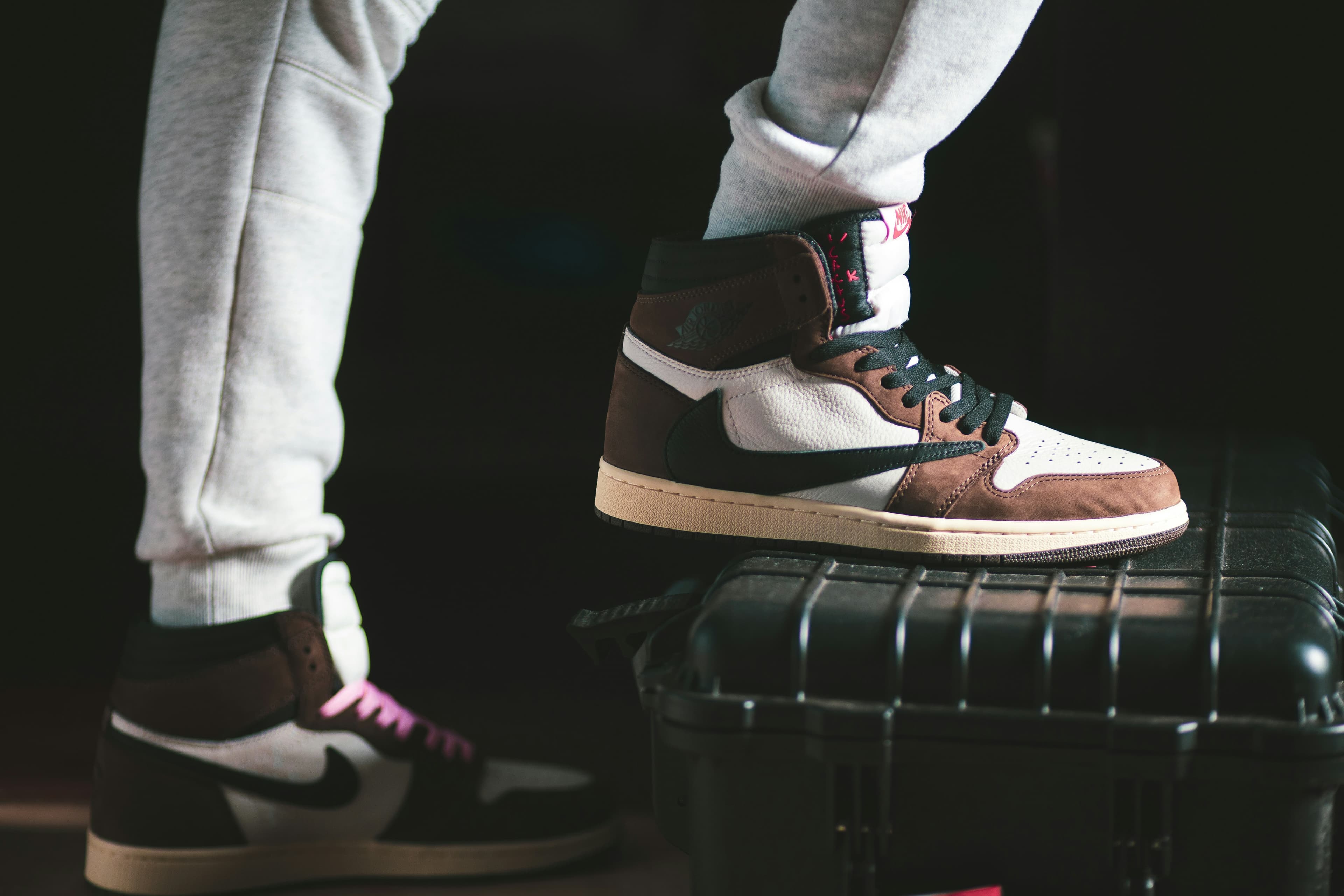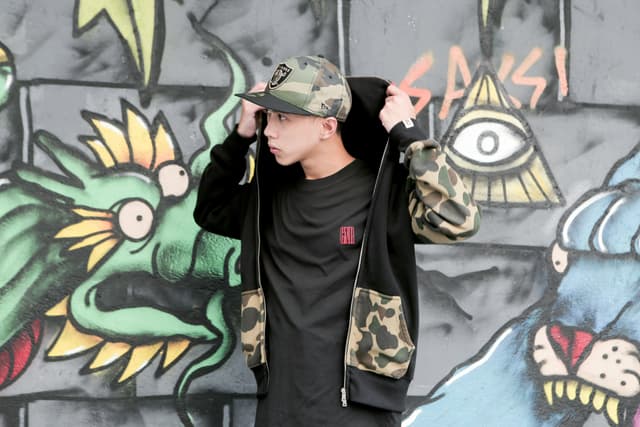Sneakers have become more than just athletic footwear. What once started as a practical solution for sports and exercise has evolved into a global fashion phenomenon. Today, sneakers are one of the most versatile items in a wardrobe, worn for almost any occasion, and are often the focal point of an outfit. From their humble beginnings in the 19th century to the rise of sneaker culture in the 21st century, sneakers have transformed into one of the most iconic and influential pieces of fashion in modern times.
The Birth of the Sneaker
The origins of the sneaker can be traced back to the late 1800s. The first shoes that resembled modern sneakers were made with rubber soles, offering more grip and comfort than the traditional leather footwear of the time. These early shoes were primarily designed for athletic activities, with the intention of providing a lightweight and durable option for sportsmen.
One of the first popular brands to make sneakers widely accessible was Keds, founded in 1916. Known for their canvas material and rubber sole, Keds were marketed as "sneakers" because of their quiet, stealth-like design. The name "sneakers" was a perfect fit since their rubber sole allowed wearers to sneak around quietly, unlike the loud, clunky shoes of the past.
In the 1920s, Converse introduced the iconic Chuck Taylor All-Stars, which further cemented the sneaker’s place in sports culture. Initially designed for basketball, the Chuck Taylor became a symbol of American sportswear and an early indicator of how sneakers could transcend their practical use and become a cultural symbol.
Sneakers Take a Turn: The 1970s to 1990s
The 1970s and 1980s marked a significant shift in the sneaker landscape. With the explosion of jogging and fitness culture, brands like Nike, Adidas, and Puma began creating sneakers specifically for athletes, focusing on comfort, support, and performance. Nike, founded in 1964, launched its innovative Cortez sneaker in 1972, which became a staple for runners, and in 1982, Nike introduced the Air Force 1, the first basketball shoe to feature Nike's Air cushioning technology.
During this era, sneakers were still primarily associated with athleticism. However, the 1980s witnessed the rise of hip-hop culture, and artists like Run-D.M.C. were seen wearing Adidas sneakers, specifically the Superstars. This partnership between hip-hop and sneakers marked the beginning of what we now call "sneaker culture." The music industry, combined with growing street style, catapulted sneakers from sportswear to a must-have fashion item. As a result, sneaker companies began collaborating with musicians and athletes, leading to a new wave of exclusive, limited-edition designs that captured the attention of fashion-forward individuals.
The 1990s saw the rise of Air Jordans, a collaboration between Nike and basketball legend Michael Jordan. These shoes were not only a major success in the athletic world but also became a status symbol. The launch of the first Air Jordan in 1985 set the stage for a global phenomenon, with each subsequent release becoming a must-have item for sneakerheads.
Sneakers in the 21st Century: A Fashion Staple
By the early 2000s, sneakers had firmly entrenched themselves as both a fashion item and a status symbol. As sneaker culture evolved, sneakers were no longer confined to athletes and musicians; they became an integral part of streetwear and mainstream fashion. Designers and luxury brands began to take notice, with high-end labels like Balenciaga, Gucci, and Louis Vuitton launching their own lines of sneakers.
This period also saw the rise of sneaker collaborations. Brands teamed up with artists, celebrities, and designers to create limited-edition sneakers that were highly sought after by collectors and fashion enthusiasts alike. The Yeezy line, designed by Kanye West in partnership with Adidas, is a prime example of the intersection between sneakers, celebrity influence, and high fashion. Yeezys became one of the most coveted sneaker lines in history, blurring the lines between high fashion and streetwear.
Moreover, the rise of sneaker reselling platforms like StockX and GOAT allowed sneakerheads to buy and sell rare sneakers for substantial profits, fueling the growing demand for limited-edition releases. This created an entire subculture dedicated to the appreciation, trading, and collecting of sneakers as both fashion items and investment pieces.
The Impact of Sneaker Culture on Modern Fashion
Today, sneakers are no longer just for the gym or sports field—they are worn on the runway, at high-profile events, and even in the office. The casualization of fashion, particularly with the rise of athleisure and streetwear, has made sneakers an essential part of both men's and women's wardrobes.
One of the key drivers of this shift is the growing influence of social media. Influencers, fashion bloggers, and celebrities showcase their sneaker collections on platforms like Instagram and TikTok, where sneaker culture continues to thrive. Platforms like Instagram have allowed sneaker brands to engage directly with their audience, launching products in real-time and even holding digital “drop” events where fans can snag limited-edition sneakers the moment they’re released.
The integration of technology has also had a significant impact on the sneaker industry. From performance-enhancing features like Nike’s Flyknit technology to sneakers with built-in LEDs and even smart sneakers that track your steps, the future of sneakers is not just about style—it’s about functionality as well. With the increasing interest in sustainable fashion, eco-friendly sneakers made from recycled materials and sustainable practices have also gained traction, pushing the boundaries of what sneakers can represent in terms of environmental consciousness.
How to Style Sneakers Today
As sneakers continue to dominate the fashion scene, knowing how to style them has become crucial. The beauty of sneakers lies in their versatility—there's a pair for every occasion and every outfit. Here are a few modern ways to style sneakers:
1. Casual Cool with Jeans
A classic look for sneakers is pairing them with a simple pair of jeans. Whether it’s skinny jeans, wide-leg trousers, or denim shorts, sneakers add a relaxed yet fashionable vibe to your outfit.
2. Business Casual with Sneakers
Sneakers can even work in a business-casual setting when styled correctly. Pair them with chinos or a sleek suit for a modern take on office wear. Opt for minimalist sneakers, like those from Common Projects or Axel Arigato, which have clean lines and neutral colors.
3. Sneakers with Dresses or Skirts
Pairing sneakers with dresses or skirts gives the outfit a balance of feminine and sporty elements. Whether it’s a midi skirt or a mini dress, sneakers add comfort without sacrificing style.
4. Athleisure Look
For a sporty, stylish look, combine sneakers with athleisure pieces like leggings, joggers, and oversized hoodies. This look is both fashionable and comfortable, making it perfect for running errands or hanging out with friends.
The Future of Sneakers
The future of sneakers is incredibly exciting. With advancements in technology, design, and sustainability, the sneaker industry is poised for continuous innovation. As we look ahead, we can expect even more collaborations between high fashion and streetwear brands, further cementing sneakers as a mainstay in the fashion world.
Sneakers will continue to evolve, with an emphasis on both style and performance. The rise of eco-consciousness and sustainable practices in fashion will likely shape the next wave of sneaker innovation, offering environmentally friendly options without compromising on style or comfort.
Ultimately, sneakers are no longer just shoes—they are a cultural phenomenon. From their humble origins in the 19th century to their current status as one of the most coveted and influential items in fashion, sneakers have become a canvas for self-expression, innovation, and creativity.
Loading...



